(Page 149)
Lesson A
Count and Non-Count Nouns
There are two types of nouns:
Count nouns (you can count them): 1 apple, 2 apples, 3 apples...
Non-count nouns (you cannot count them): bread, juice, cheese...
| Singular | Plural | |
| Count Nouns | This is a banana. | These are bananas. |
| Non-count Nouns | This is water. | These are waters. |
| For regular count nouns, add -s or -es to form the plural. Non-count nouns do not have a plural form. |
| a / an, the, some, and any |
| Count Nouns | Non-count Nouns |
| Singular | Plural | ||
| Affirmative Statements | It's an apple. I will have the apple for breakfast. | There are some eggs in the fridge. The apples on the table are still green. | There is some cheese in the fridge. The cheese is delicious. |
| Negative Statements | I don't have a lemon. | There aren't any lemons at the store. | I don't have any milk. |
| Questions | Do we have a red peppers? | Are there any red peppers? | Do you have any butter? |
a / an
Use a / an with singular count nouns: a lemon, an egg.
Use a before a noun with a consonant sound: a potato, a banana.
Use an before a noun with a vowel sound: an grange, an apple.
(Page 150)
some
Use some in affirmative statements with plural count nouns and non-count nouns:
I have some eggs. / You have some cheese.
You can also use some in questions to offer or request something: Could I have some milk?
any
Use any with count nouns and non-count nouns in:
• Negative statements: There aren't any bananas. / I don't have any butter.
• Questions: Are there any bananas? Do you have any butter?
the
Use the for specific people or things and for the only people or things.
• The Earth goes around the Sun.
• I will meet you at • school cafeteria.
A Cross out one incorrect word in each group of count nouns or non-count nouns.
1. apple / orange / banana / milk
2. juice / bread / eggs / water
3. tea / tomato / lemon / sausage
4. banana / butter / onion / hamburger
5. salad / orange / water / coffee
B Match the two halves of the sentences.
1. I have an ______________
2. There's a ______________
3. There aren't any ______________
4. We don't have ______________
5. Do you have ______________
6. Are there any ______________
a. any rice? d. apple in my bag.
b. potatoes at the store. e. any olive oil.
c. eggs in the fridge? f. steak in the fridge.
C Complete the sentences with a, an, the, some, or any.
1. Do we have __________ tomatoes?
2. Would you like __________ salt?
3. We need __________ onion.
4. I think there is __________ cheese on the table.
5. There aren't __________ eggs.
6. Could I have __________ water, please?
7. There isn't __________ juice in the bottle.
8. Do you have __________ banana?
9. There is some cheese on __________ table.
Lesson C
| How much and How many with Quantifiers |
| Questions | Quantifiers |
| ++++ | + | - |
| Count Nouns | How many oranges do you need? | I need lots of / a lot of oranges. | I need a few oranges. | I don't need many oranges. |
| Non-count Nouns | How much bread do we have? | We have lots of / a lot of bread. | We have a little bread. | We don't have much bread. |
| With count nouns, ask about quantities with How many...? With non-count nouns, ask about quantities with How much...? Use a lot of / lots of to talk about large quantities with count and non-count nouns. A lot of is slightly more common in American English. Lots of is more common in British English. Use a few and not many to talk about small quantities with count nouns. Use a little and not much to talk about small quantities with non-count nouns. |
For short answers, say: a few, a little, not many, not much.
How many do you need? A few.
How much do we have? A little.
With short answers, you can also say A lot (not Lots of) with count or non-count noun questions:
How many do you need? A lot.
How much do we have? A lot.
D Complete the sentences using a little or a few.
1. There is only ____________ tuna salad in the fridge.
2. We only need ____________ apples.
3. Please bring ____________ bananas.
4. I only take ____________ sugar in my coffee.
5. There are just ____________ sausages left.
6. A: How many onions do you have?
B: ____________.
7. A: How much soup is there?
B: ____________.
E Write the opposite sentences using the words in parentheses.
1. There are a lot of potatoes on the table. (many)
There aren't many potatoes on the table._________________
2. There are a lot of potatoes on the table. (a few)
____________________________________________________________
(Page 151)
3. I have a little water in my bottle. (lots)
____________________________________________________________
4. There's a lot of cheese in this package. (a little)
____________________________________________________________
5. We need a lot of broccoli for dinner. (much)
____________________________________________________________
F Write in the missing words.
1. A: How ____________ do you want?
B: Just a little.
2. A: How many lemons do we need?
B: It's a big party, so we need ____________ of them.
3. A: How ____________ cookies are there?
B: Not many. Just a ____________ at the bottom of the box.
4. A: How much juice do I need to buy?
B: Only a ____________.
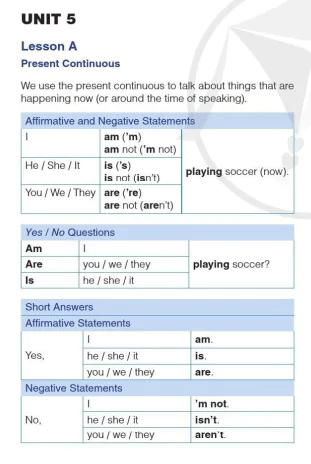
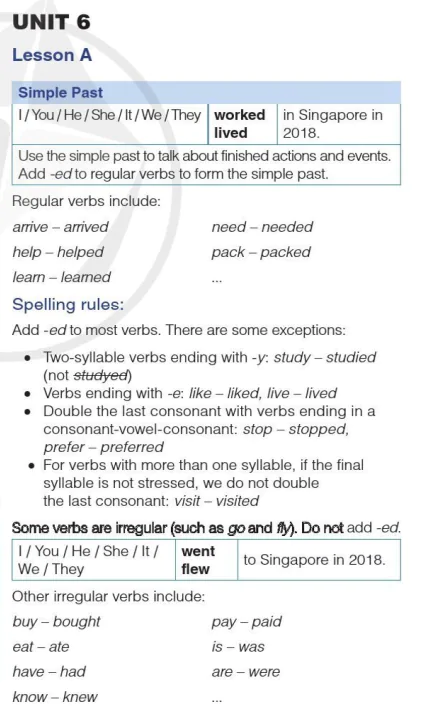
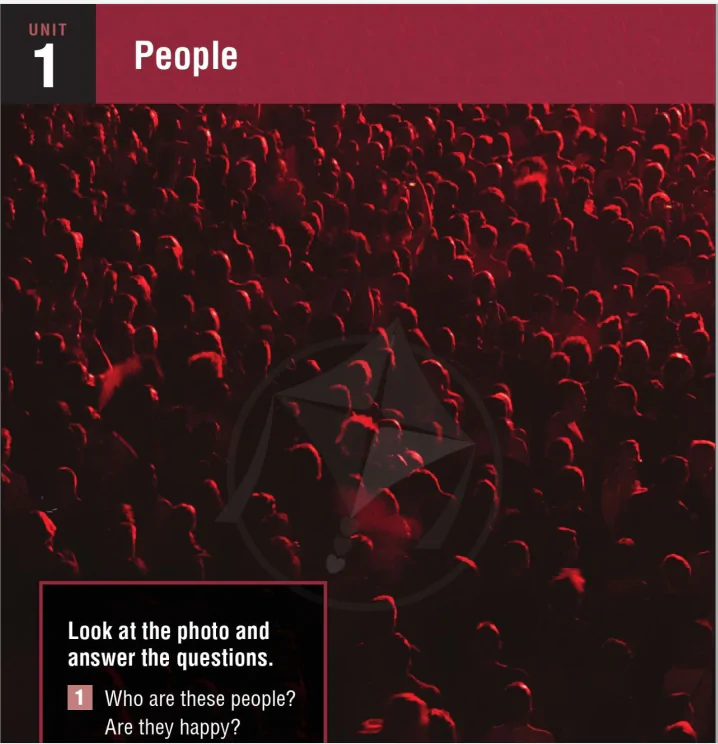
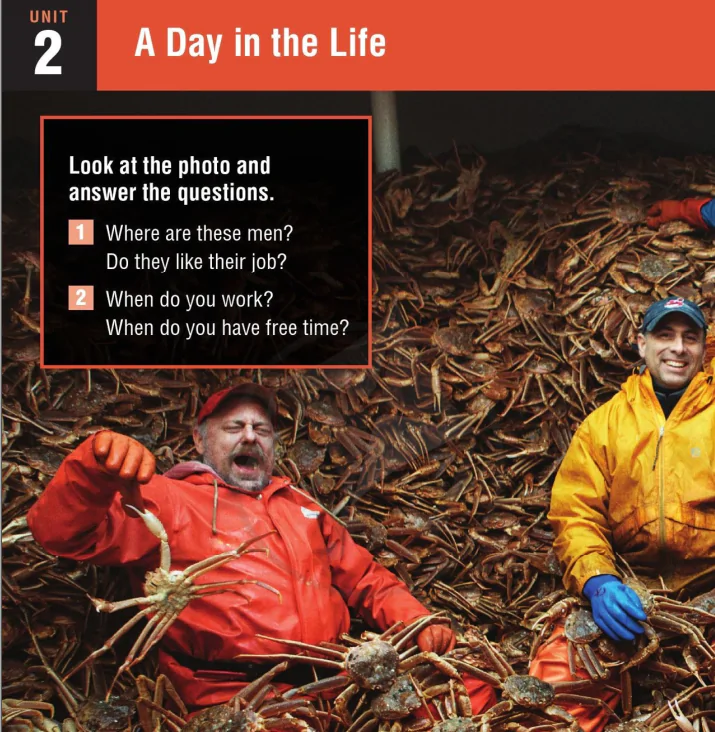
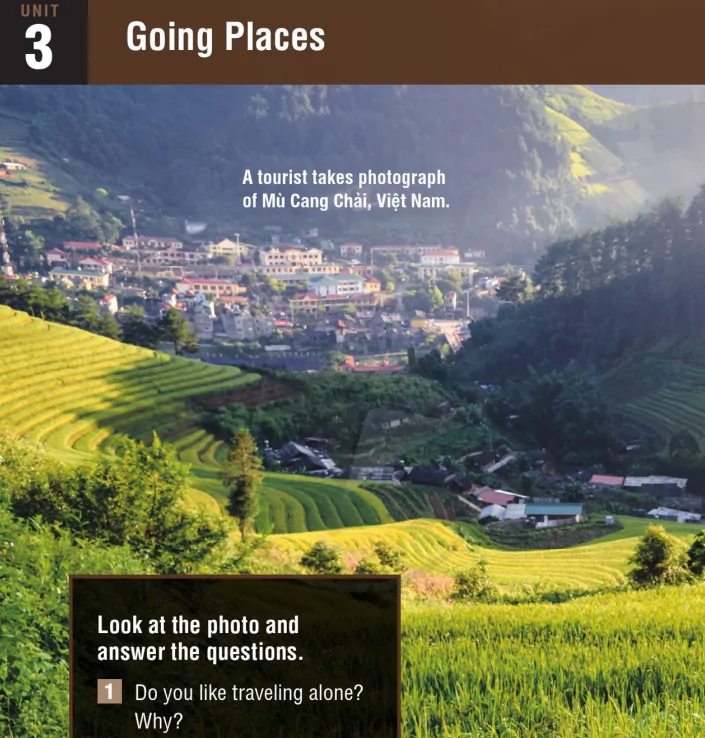
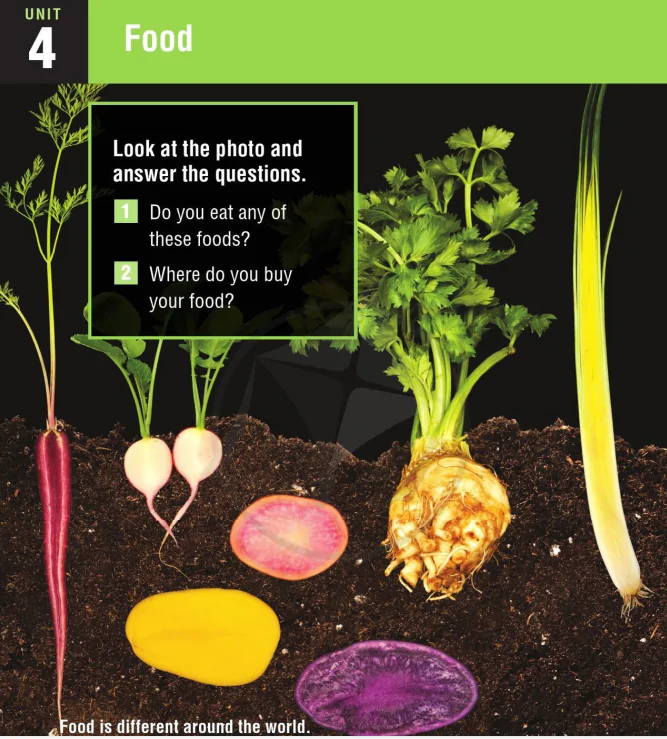
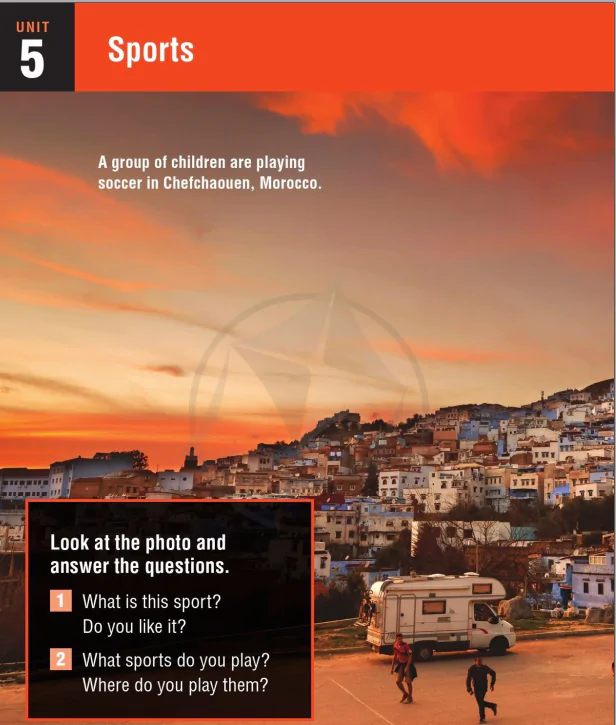
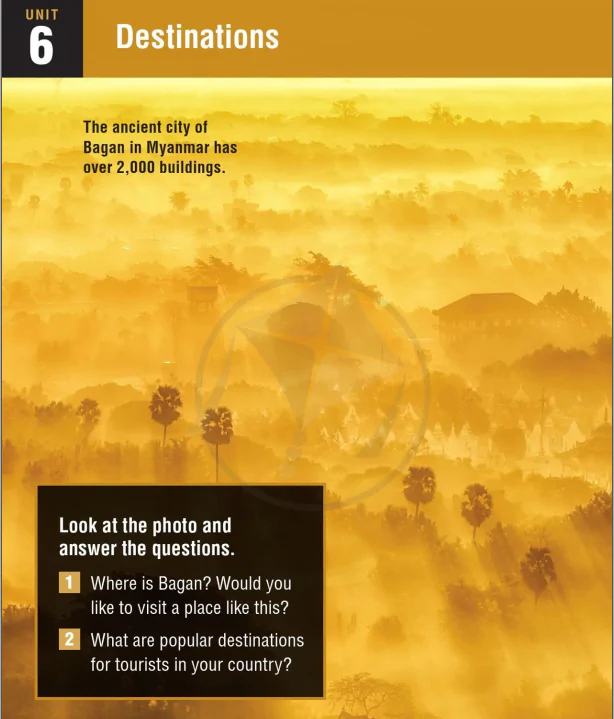


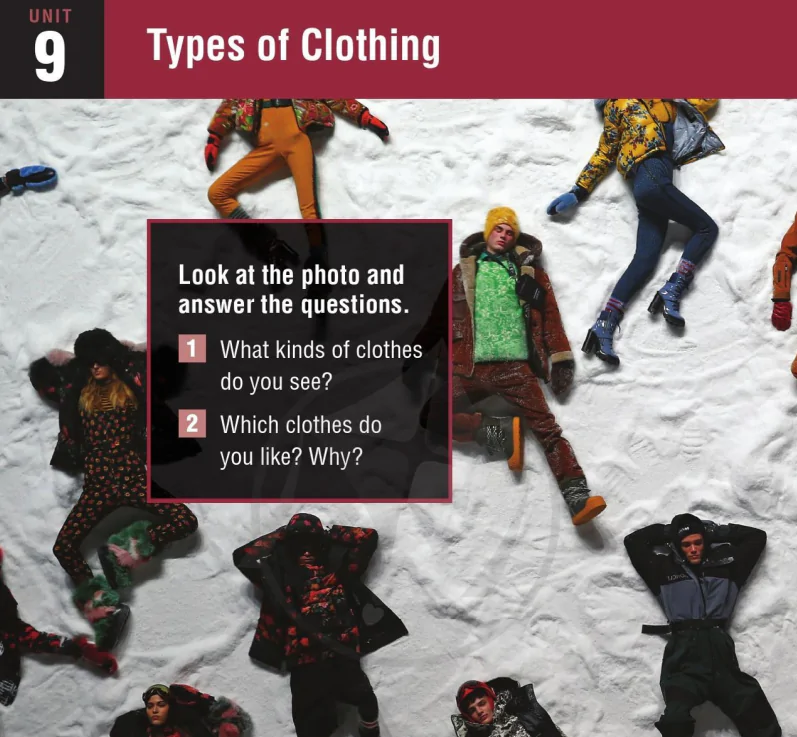


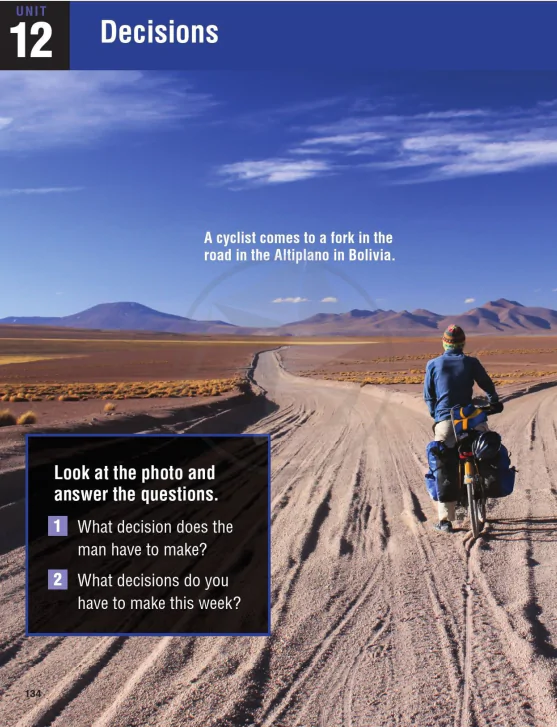
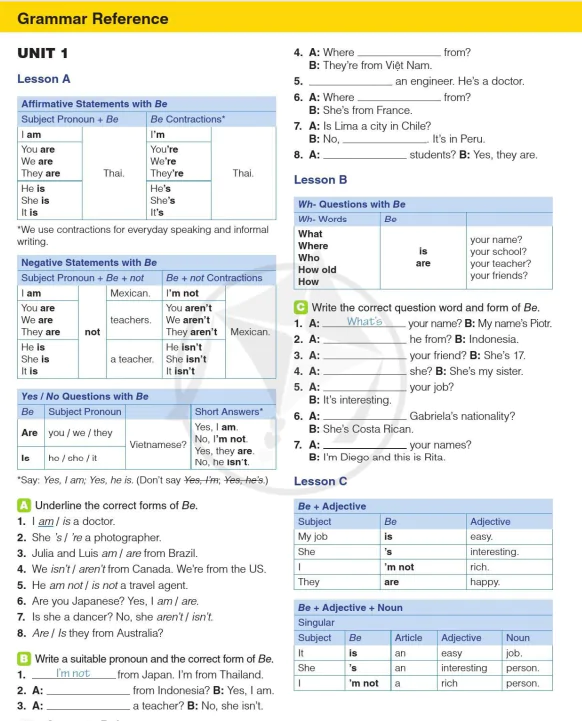
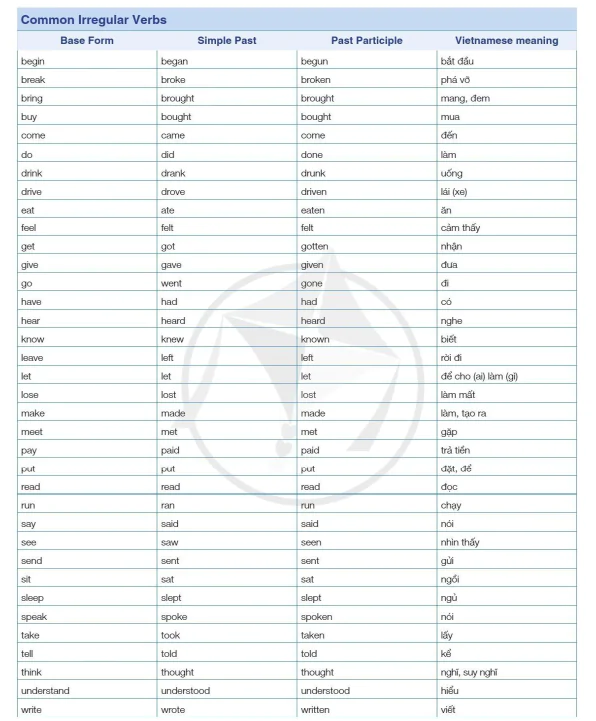
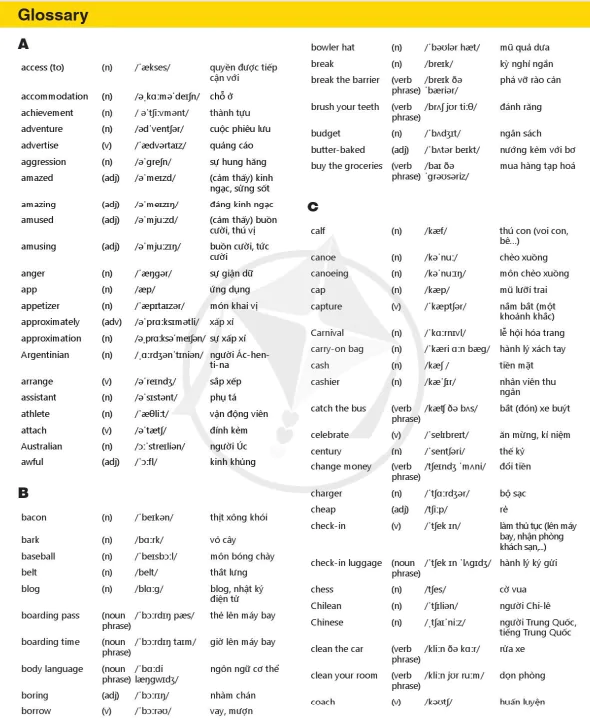

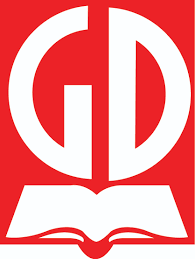
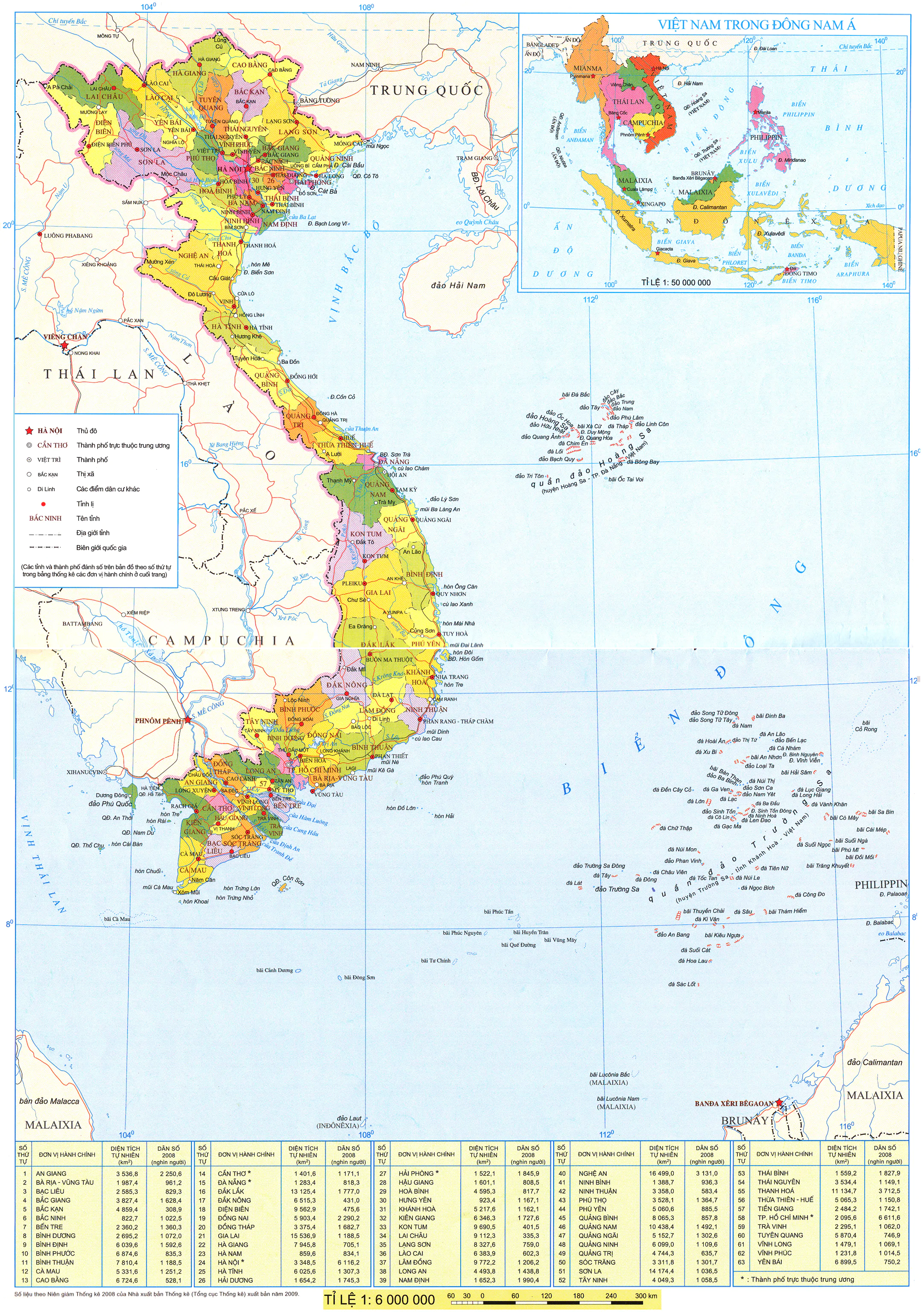
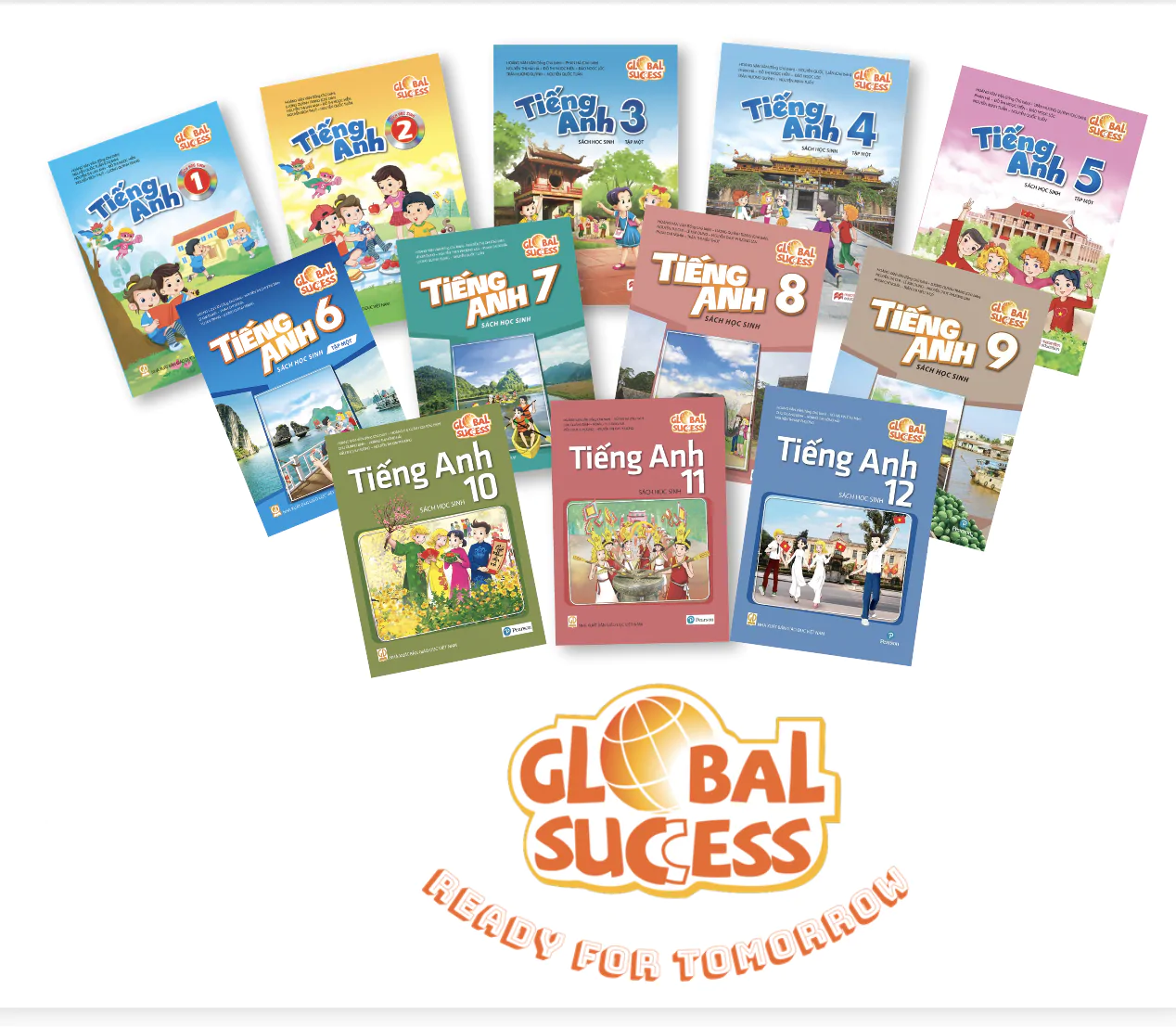
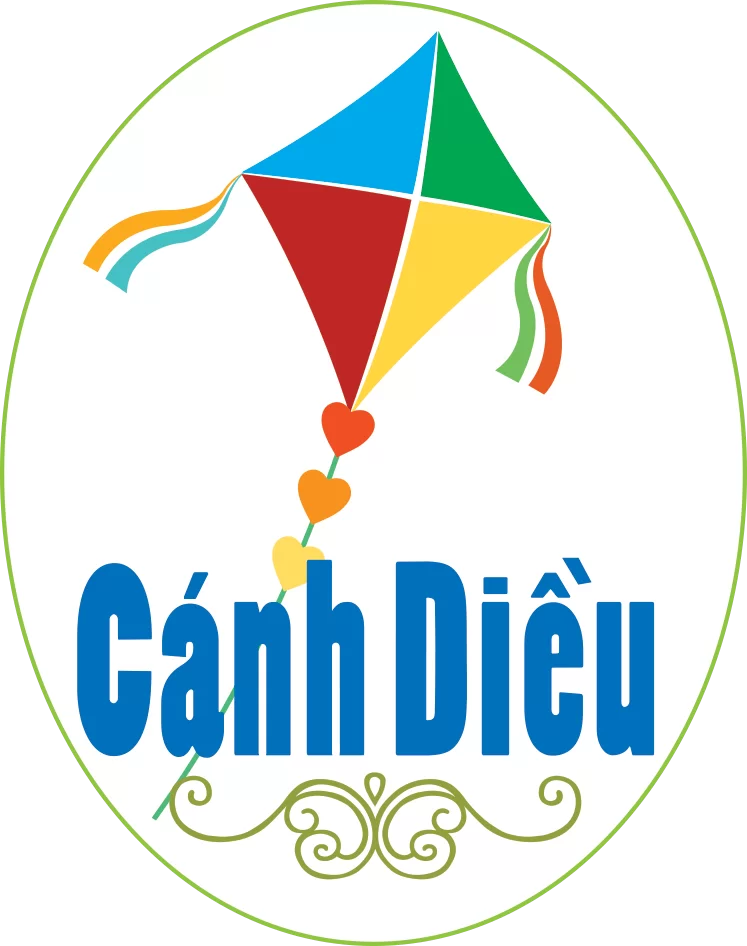
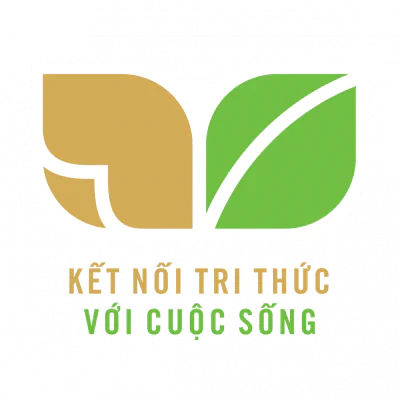











Bình Luận
Để Lại Bình Luận Của Bạn